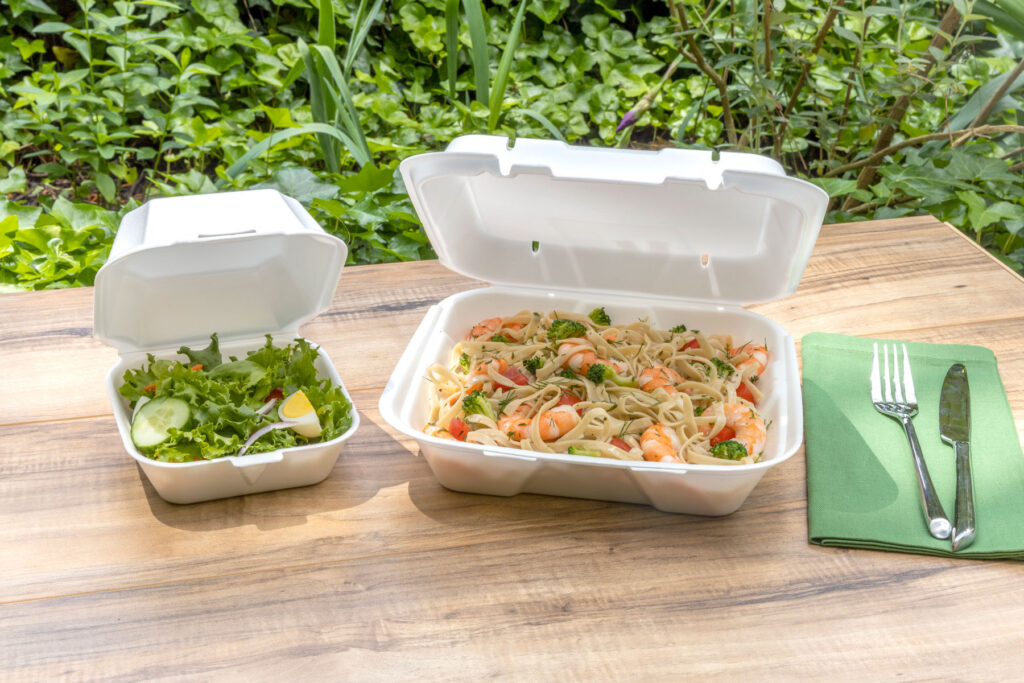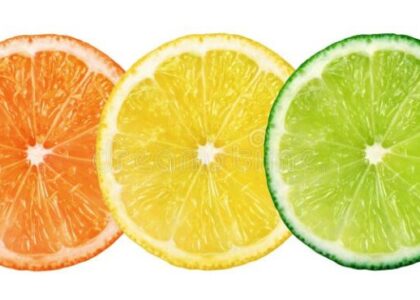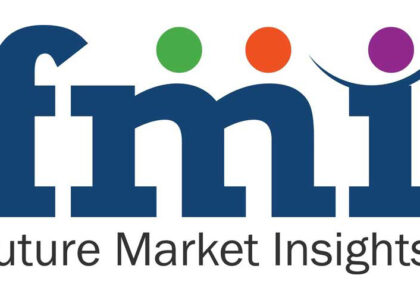Foam food containers, renowned for their excellent thermal insulation properties, effectively maintain the temperature of food, ensuring it stays hot or cold for extended periods. Moreover, these containers offer the added benefit of preventing condensation, contributing to the preservation of food freshness. The exceptional insulation capabilities of foam food containers also make them well-suited for the storage and transportation of various food items, further emphasizing their practicality and versatility in meeting the demands of both consumers and the food industry.
The Asia Pacific region stands as the largest consumer, representing approximately 48% of the global market for foam containers. Following closely, Europe takes the position of the second-largest consumer of foam food containers, surpassing North America in its usage.
Notably, emerging economic powerhouses like India and China are exhibiting a growing demand for foam food containers, driven by increasing consumption and the expanding food service sector. In addition, regions like Latin America and Africa have also adopted foam food containers as a popular choice for food packaging, with the demand continuing to rise year after year.
One noteworthy trend contributing to the growth of the foam food containers market is the seafood industry. Nations involved in seafood processing, particularly those reliant on seafood exports and the need to maintain freshness, are increasingly turning to foam food containers for their packaging requirements. Japan, a prominent seafood processing nation, is expected to witness the expansion of its foam food containers market, with the flourishing seafood sector playing a pivotal role in this growth trajectory.
Request Sample: https://www.futuremarketinsights.com/reports/sample/rep-gb-6665
Market Drivers:
- Cost-Effectiveness: Foam food containers are often considered cost-effective compared to alternatives like paper or plastic. This can be a significant driver for businesses looking to minimize packaging costs.
- Insulation Properties: Foam containers offer excellent insulation, helping to keep food hot or cold for longer periods. This feature makes them popular for transporting and delivering various types of food, contributing to their demand in the market.
- Lightweight and Durable: Foam containers are lightweight, which can reduce transportation costs. Additionally, their durability makes them suitable for various types of food, including those with hot or cold temperatures.
- Customization: Foam can be easily molded into different shapes and sizes, allowing for customization based on the specific requirements of different food items. This versatility can be a driving factor for businesses seeking packaging solutions for a variety of products.
- Global Expansion of Fast Food Chains: The growth of fast-food chains and the increasing trend of takeout and food delivery services globally contribute to the demand for convenient and efficient food packaging solutions, including foam containers.
Market Restraints:
- Environmental Concerns: One of the significant challenges faced by foam food containers is their environmental impact. Expanded polystyrene (EPS), commonly used in foam containers, is not easily biodegradable and can contribute to pollution. Increasing environmental awareness and regulations may drive a shift towards more sustainable alternatives.
- Regulatory Restrictions: Some regions have implemented or are considering restrictions or bans on the use of foam containers due to environmental concerns. This can create challenges for manufacturers and businesses relying on these containers.
- Consumer Perception: Growing awareness about environmental issues may lead consumers to prefer eco-friendly packaging options over foam containers. A shift in consumer preferences can impact the market demand for foam containers.
- Rising Popularity of Alternatives: Alternatives such as paper-based or biodegradable packaging are gaining popularity as more businesses and consumers prioritize sustainability. The availability of viable alternatives can affect the market share of foam food containers.
- Recycling Challenges: Foam recycling can be challenging and is not widely available in many places. The difficulty in recycling foam containers contributes to their negative environmental image and may lead to restrictions or preferences for more recyclable materials.
Global Foam Food Container Market – Key players
Key players for foam food container market can be segmented based on Tier 1, Tier2 and Tier 3 based categories.
Tier 1 players: Genpak, LLC, Dart Container Corporation, Biopac India Corporation Ltd., Landaal Packaging Systems, Inc., Harwal Group of Companies, etc.
- Landaal Packaging Systems, Inc manufactures foam food containers which are mainly manufactured from biodegradable and compostable foam. Genpak LLC and Dart Container Corporation are few of the leading manufacturers of foam food containers market by revenue.
- Genpak LLC manufactures 16 types of foam food containers based on shape and size of the container for several food applications.
- Dart Container Corporation mostly manufactures foam food containers made from Expanded Polystyrene (EPS). Dart Container Corporation also provides printing capability for its 14 foam food containers products which it manufactures.
Tier 2 players: Great Northern Corporation, Megafoam Containers Enterprise Sdn Bhd, Republic Plastics, Ltd., Styrotech Corporation, Packaging Resources Inc., Beltec Sdn bhd, Citi Pak LLC, etc.
Tier 3 players: Reach Plastic Industrial Co., Ltd., Di Xiang Trading Co., Ltd., Bestern Industry And Trade Co., Ltd., Luheng Papers Company Ltd., Jeafer Foodservice Solutions Ltd., Industrial (Shenzhen) Co., Ltd., ZBR Packaging Materials Co., Ltd., etc.
Request Report Methodology: https://www.futuremarketinsights.com/request-report-methodology/rep-gb-6665
Market Segmentation
The global foam food container market can be segmented by material type, product type, distribution channel, and by application. Pricing has been done based on material type segment in US$ million and the volume is considered in tonnes.
On the basis of material type
- Expanded Polystyrene (EPS) foam food container
- Polyurethane (PU) foam food container
- Biodegradable foam food container
On the basis of product type
- Hinges food foam container
- Un – hinged food foam container
On the basis of distribution channel
- B2B
- Food Outlets
- Educational institutions
- Corporate offices
- Healthcare
- B2C
- Online retail / Ecommerce
- Supermarket / Hypermarket
- Convenience stores
- Mom and Pop stores
On the basis of application
- Ready to eat food
- Frozen food
- Ice cream & dairy products
- Bakery & confectionery food items
- Meat, seafood & poultry items
About Future Market Insights (FMI)
Future Market Insights, Inc. (ESOMAR certified, recipient of the Stevie Award, and a member of the Greater New York Chamber of Commerce) offers profound insights into the driving factors that are boosting demand in the market. FMI stands as the leading global provider of market intelligence, advisory services, consulting, and events for the Packaging, Food and Beverage, Consumer, Technology, Healthcare, Industrial, and Chemicals markets. With a vast team of over 5000 analysts worldwide, FMI provides global, regional, and local expertise on diverse domains and industry trends across more than 110 countries.
Contact Us:
Future Market Insights Inc.
Christiana Corporate, 200 Continental Drive,
Suite 401, Newark, Delaware – 19713, USA
T: +1-845-579-5705
For Sales Enquiries: sales@futuremarketinsights.com
Website: https://www.futuremarketinsights.com
LinkedIn| Twitter| Blogs | YouTube




